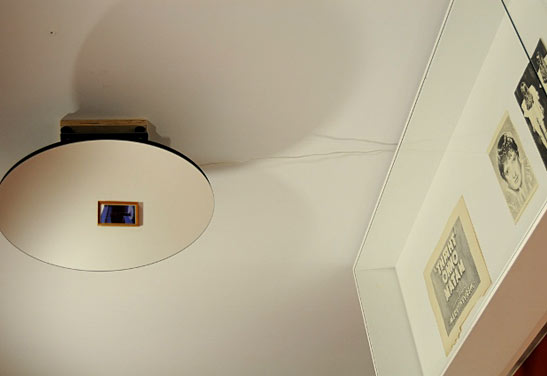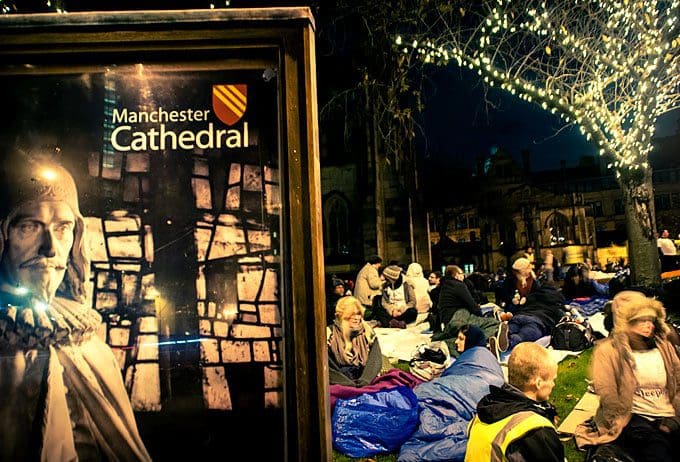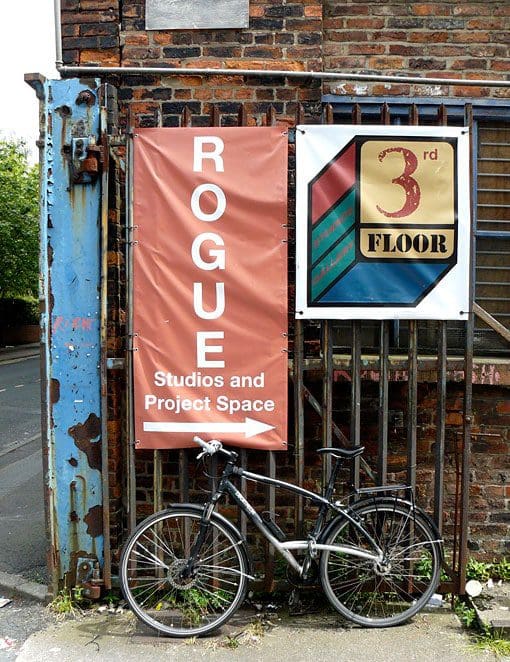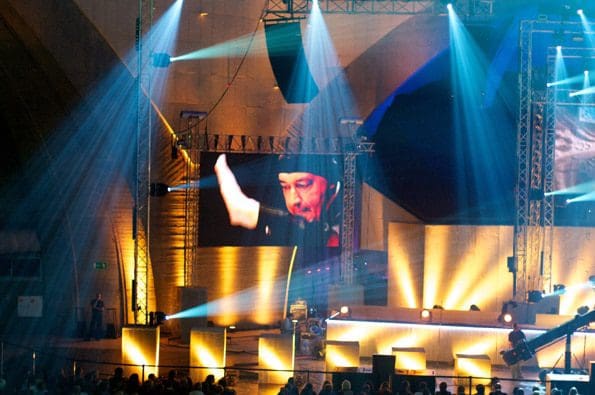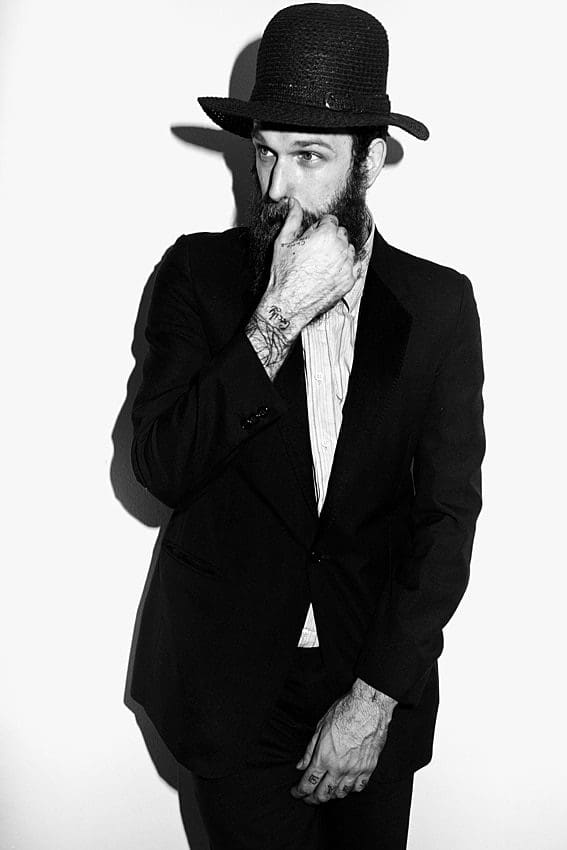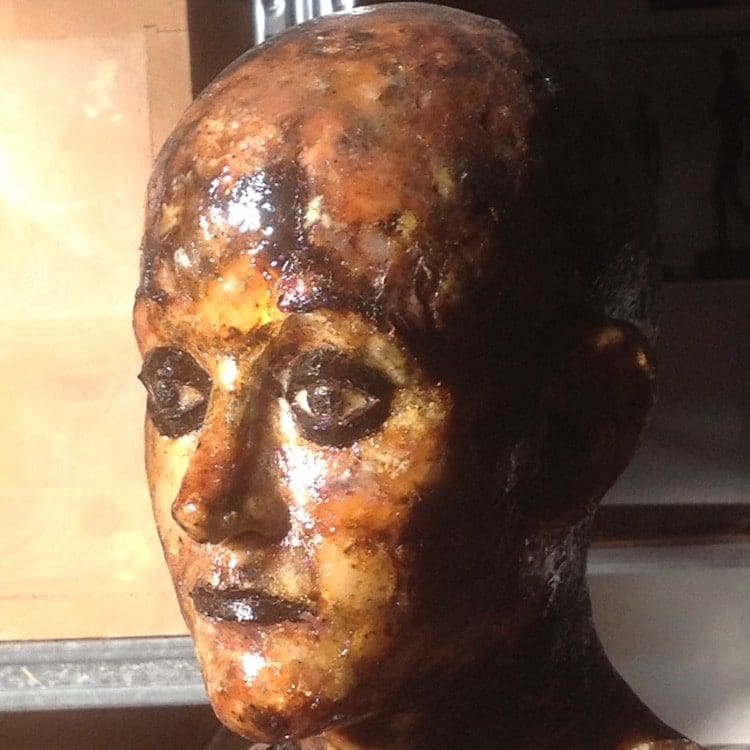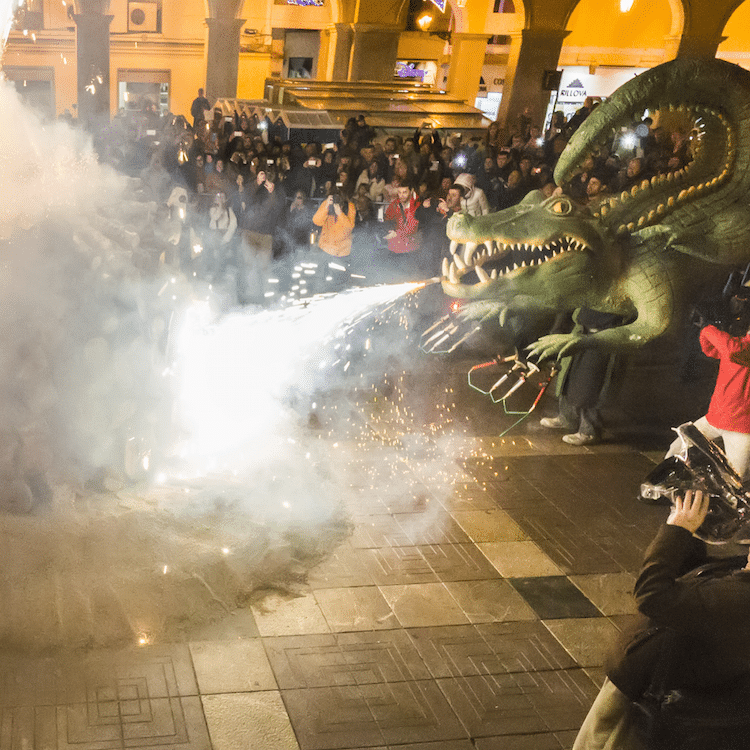On the 23rd of May, the exhibition Cacotopia started at the International Anthony Burgess Foundation in Manchester.
Inspired by the term “cacotopia” that Burgess introduced in a discussion of George Orwell’s fiction work Nineteen Eighty Four (1949), the curator Laura Mansfield has brought together materials from the foundation’s archive and contemporary artists’ works that relate to the theme.
Burgess favoured to use the term ‘cacotopia’ instead of the dystopia as in his own words,
…dystopia has been opposed to eutopia, but both terms come under the utopian heading…I prefer to call Orwell’s imaginary society a cacotopia – on the lines of cacophony or cacodemon. It sounds worse. (1985, 1978)
The term, which is the synthesis of the words ‘cacophony’ and ‘utopia,’ describes better for Burgess a society which is in total chaos and noise, where a cacotopian government causes disunity, fragmentation and deprivation of freedom and privacy, as is the case of Orwell’s book and of his own novels 1985 and The Wanting Seed (1962).
Burgess believed that this cacotopian propensity was found in his own lifetime society and continues to grow in our days as there is sociopolitical disharmony and dissonance, while the stress of everyday life caused by modern lifestyle, such as paying the bills, the annoying horns of the cars, omens a cacotopian future. With their works, Matti Isan Blind, David Wojtowycz, Elisabeth Molin, Rebecca Lennon, Franziska Lantz and Heather & Ivan Morrison respond to the theme of cacotopia by highlighting the uncertainty and violence hidden behind the mask of rational everyday.
Matti Isan Blind’s Stolen Identities (2013), a round mirror projected out of the wall and on the level of viewers, is a piece that reflects Burgess’ view that contemporary environment is threatened, as viewers see their reflection trembling due to the mirror’s vibration. It is a work that investigates Blind’s interest in breaking the boundaries between reality and fiction, as our familiar surrounding environment is shaken thus becoming unknown and intimidating.
David Wojtowycz’s watercolours, painted on aged and foxed paper, resemble old Hollywood posters or magazines’ covers, with women posing as glamorous actresses or as models on the runaway, whose faces are hidden behind their hair, while on the wall next to a small piano, a video is playing in slow motion, focusing on the face of a woman that seems to be lying on a bed in ecstasy. Working on structures from popular culture and wrapping them in a veil of mystery, he transforms the familiar into the abysmal and raises questions regarding the role of women in society.
A similar mystery is found in Elisabeth Molin’s Suspension I (2012), an image of a soft drink tin foaming, projected on the black-painted centre of a white piece of paper standing on the floor and resting on the lower of the wall. The uncertainty in this video is that viewers can see the foaming, but are unaware of the brand as the logo is not visible. Additionally, there is the illusion of the foam actually spreading on the floor, while since the piece is small and placed on the floor, runs the risk of being trampled, especially on the opening night where the exhibition space was crowded.
Rebecca Lennon’s We Are Stuck Here Together Part II (2010) is a film of a man lying in the middle of the road. In this piece we are exposed to an image of suffer and stuttering uncertainty as the man seems as having repeated seizures and is helpless in an empty street, while there is the fear that he might be killed by a passing car.
The whole show is covered by the London- based artist/musician Franziska Lantz’s sound installation, where disturbing sounds are heard and played on a boom box from the Anthony Burgess archive. During her performance on the opening night and wearing a dress/cassock (which is on display), the artist introduced electric and acoustic sounds. Furthermore, during the course of the exhibition, Heather and Ivan Morison respond to the theme of cacotopia by creating a postcard that was distributed throughout the city of Manchester.
Even though, it is a small exhibition, I believe that it is very well organised and achieves to bring to the surface several aspects of cacotopia. Viewers are exposed to different mediums, from watercolours to videos, while the low lighting and the cacotopian soundtrack definitely bring the public closer to the mysterious and uncertain world of Burgess.
For more information click here
words Steve Pantazis – editor, independent art historian and writer.

